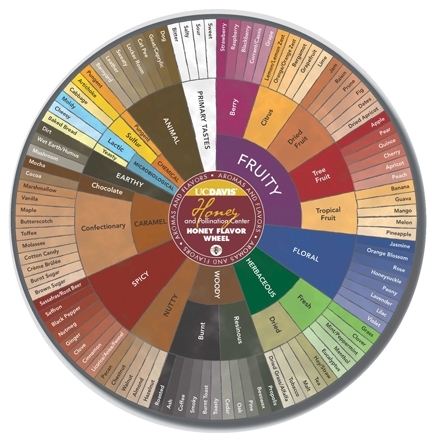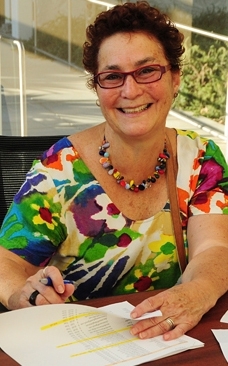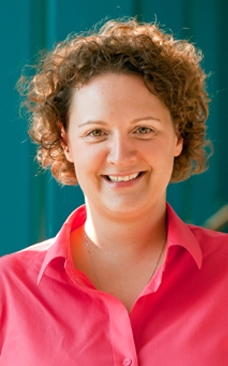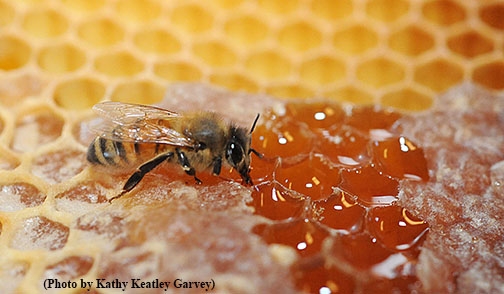
You're in luck.
The UC Davis Honey and Pollination Center is hosting an educational honey tasting on Wednesday night, Jan. 27 in the Sensory Theater of the Robert Mondavi Institute for Wine and Food Science on Old Davis Road. If you'd like to enroll, you need to register today (Monday, Jan. 20), To register, access this site.
The event, conducted by Amina Harris, director of the Honey and Pollination Center, will take place from 6:30 to 8:30 p.m. and will feature California honeys. Extension apiculturist Elina Niño of the UC Davis Department of Entomology and Nematology will talk about bees, honey and beekeeping.
Harris calls the event "a unique tasting experience, complemented with a short lecture delving into related beekeeping practices and issues." The cost is $30 (general), $25 (UC Davis affiliates), $12.50 (students).


The Honey Flavor Wheel production involved six months of research and development. “We brought together a group of 20 people--trained tasters, beekeepers and food enthusiasts--who worked together with a sensory scientist to come up with almost 100 descriptors,” Harris recently said. “This wheel will prove invaluable to those who love honey and want to celebrate its nuances.”
"Honey is honey, it's just that simple," according to the National Honey Board. "A bottle of pure honey contains the natural sweet substance produced by honey bees from the nectar of plants or secretions of living parts of plants. Nothing else." The 60,000 or so bees in a hive may "collectively travel as much as 55,000 miles and visit more than two million flowers to gather enough nectar to make just a pound of honey!"
The United States is home to more than 300 unique kinds of honey, according to the National Honey Board. Among the most popular? Clover and orange blossom.
Attached Images:
